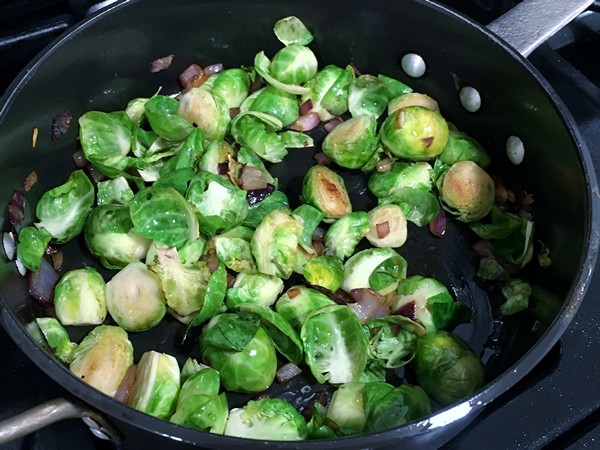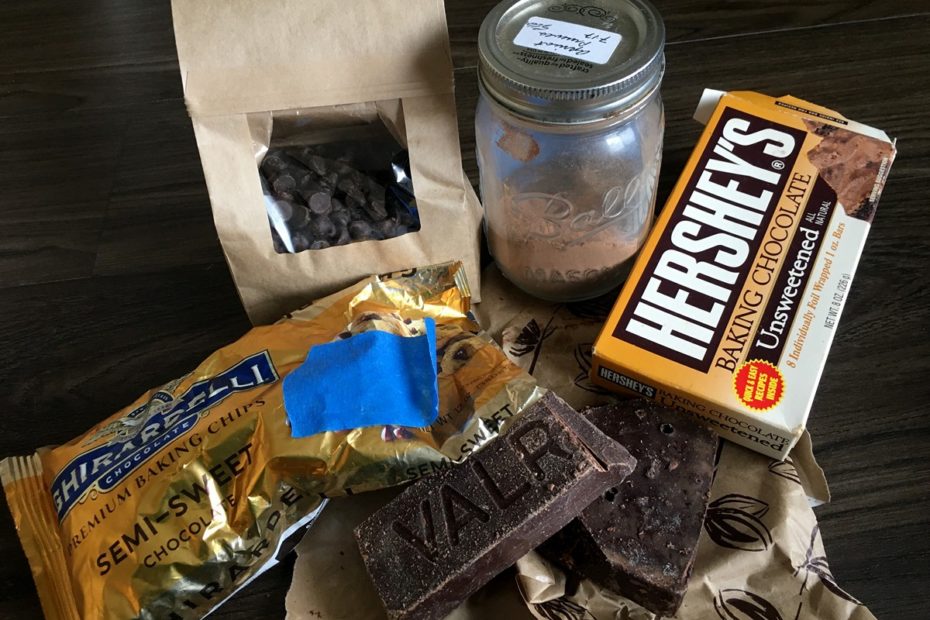How do you figure out what food substitutions you can make and still have an edible, even delicious, meal? The good news about cooking almost all meals at home is that it gives you the chance to try recipes you normally might not have the time or inclination to make (but no, still not making sourdough starter). The bad news? You may not have the ingredients on hand, so here are 10 tips to let you swap with confidence:
- How do you expect the finished dish to taste? If there are strong flavors, your choice of protein (meat), might not be as essential. The asparagus stir fry I made recently is a prime example. The recipe called for ground pork, which I didn’t have, but there was just enough ground beef.
- Think about the amount of the ingredient(s). Frank was making some tuna and the recipe called for sesame oil. We had hot sesame oil, but no regular. The recipe only asked for a small amount, so I suggested he just use a neutral oil (like vegetable oil) and maybe a dash of the hot sesame oil. Not sure what he ended up using, but it was delicious!

- Use what you do have and look for a different recipe. I wanted to make brownies the other day and since finding brownie mix in the market is about as likely as finding toilet paper, I made them from scratch. The first recipe I looked at called for cocoa powder—didn’t have any, so I found a recipe using unsweetened chocolate which I had in the freezer (and they were great!).
- If you do an Internet search, you’ll find lots of ideas for food substitutions. Check the source because it might be a sponsored link (advertising). If you’re looking for a substitute for anything animal-based, check vegan sites. For flour swaps, look on baking sites or gluten-free listings. If it’s an online recipe, read the comments because people are always messing around with ingredients (and then complaining because the recipe didn’t work). Facebook groups, like my favorite, NY Times Cooking Community, are great too!
- Decide if it’s an essential ingredient. I’ve been cooking without nuts for years, ever since I’ve had a tree nut allergy. If I think it will work, I’ll use pine nuts or peanuts instead. It’s going to taste different, but that’s not necessarily a bad thing.
- Start out small. If you’re swapping dried herbs for fresh, or different chilies, or ground spices for whole ones, better to err on the side of caution. You can always add more of something, but it’s a lot harder to fix too much of something.

- I needed some Chinese rice wine (fat chance) or sherry (also a no show) for something. Since it was just a tablespoon, the white wine that was open was going to be just fine. Even when I’m not cooking in a pandemic, if it’s not a large quantity, I’ll just use whatever wine we’ve got open, or are about to open.
- What tastes like the ingredient you don’t have? I made a recipe recently that called for cabbage. No cabbage on hand, but lots of Brussels sprouts. I’ll go back at some point when I have cabbage from our CSA and try it again, but it was fine with the sprouts.

- You ran out of panko? Regular breadcrumbs maybe even toasted in some butter or olive oil would be fine. Crushed crackers, potato chips, croutons, will give you a crunch. Oats will act as a binder for meatballs etc.
- With an egg, mustard, lemon juice (or vinegar) you can make mayo or Caesar dressing. Milk and some leftover yogurt will make more yogurt. And if you’re a better person than me, there’s always sourdough starter.
What are some of your favorite substitutions?

Thanks for inspiring the piece!
Sounds good! Haven’t had a Triscuit in ages, always my dad’s favorite.
I crushed some triscuits for binding a turkey meatloaf. I have to say it was so good. It was an interesting texture and we liked it!
I used a little oil (I think it was olive)and a dash of HOT Sesame oil. Glad you liked it!